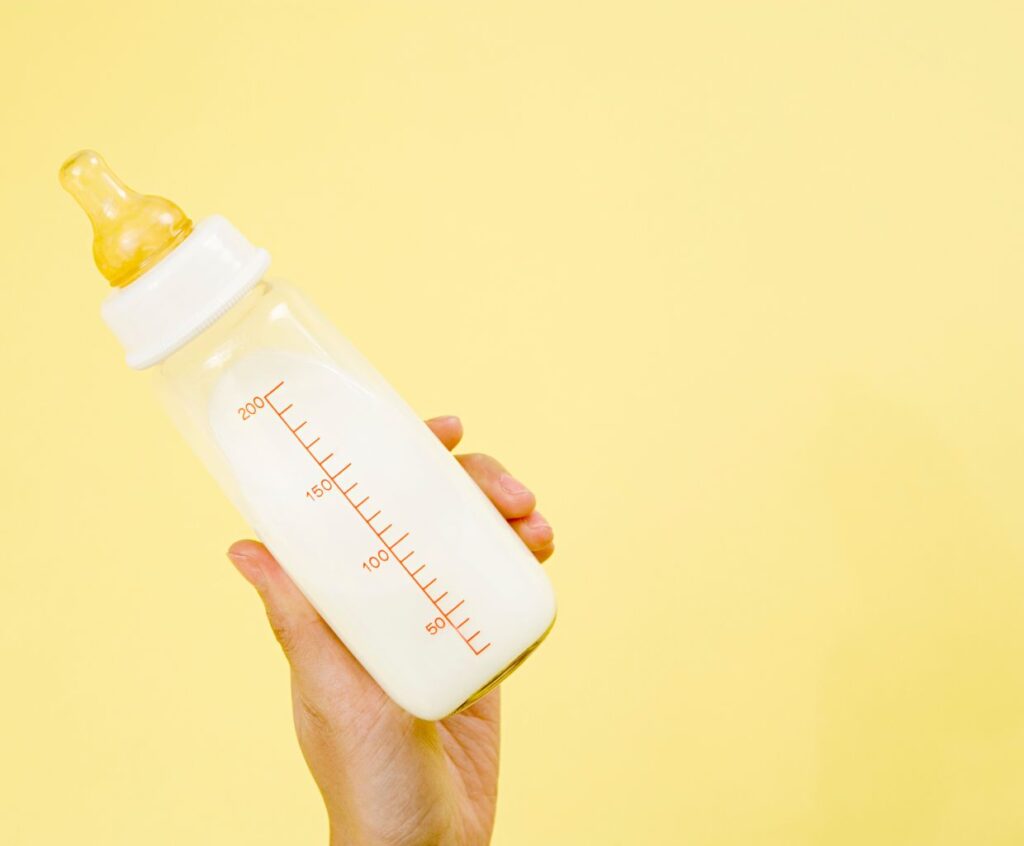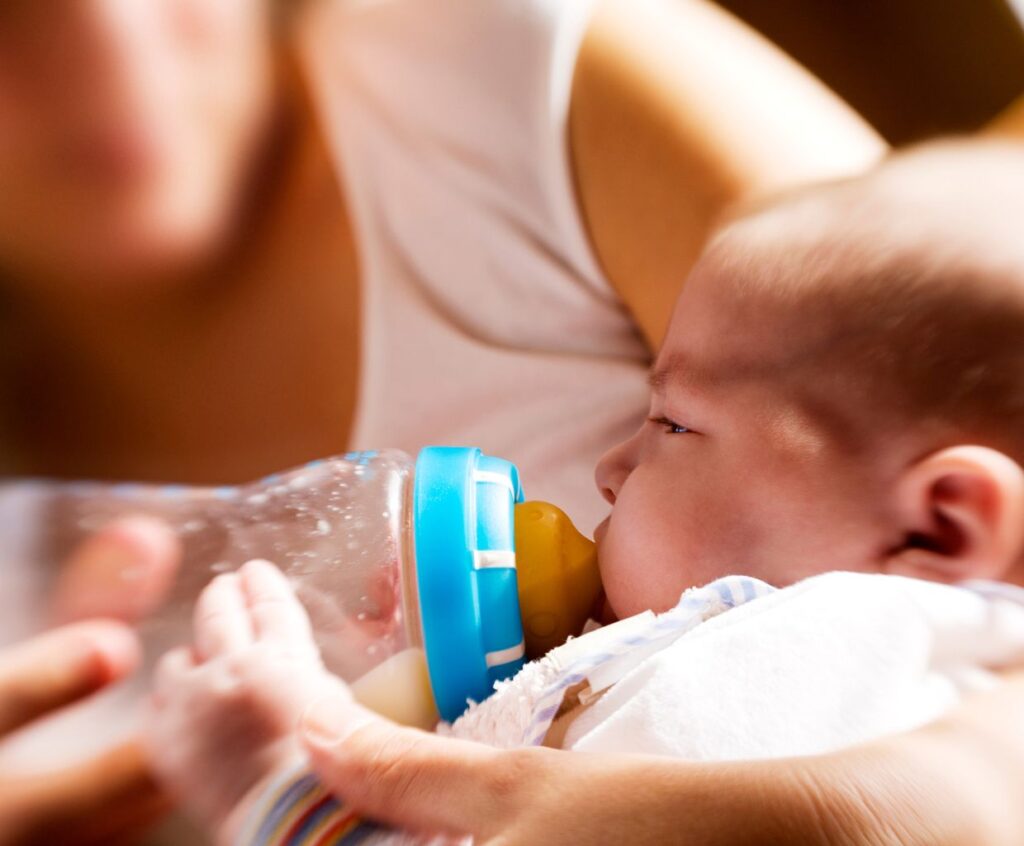How Long Do Baby Bottles Last?
When caring for your little one, one of the essential items you’ll need is a baby bottle. These bottles are not only convenient for feeding your baby but also help in reducing colic and gas.
However, as with any other baby product, knowing how long baby bottles last and when to replace them is essential.

Understanding the Lifespan of Baby Bottles
Baby bottles are typically made from different materials, such as plastic, glass, or stainless steel. The lifespan of a baby bottle can vary depending on its material, usage, and maintenance.
Plastic Baby Bottles
Plastic baby bottles are a popular choice due to their lightweight and durability. However, they tend to have a shorter lifespan compared to other materials. It’s recommended to replace plastic bottles every 4 to 6 months to ensure they remain in good condition.
Glass Baby Bottles
Glass baby bottles are known for their longevity and ability to withstand high temperatures. They can last for a more extended period compared to plastic bottles. As long as there are no visible cracks or chips, glass bottles can be used until your baby outgrows them or until they become worn out.
Stainless Steel Baby Bottles
Stainless steel baby bottles are incredibly durable and can last for several years. They are resistant to rust and can withstand rough handling. As long as there are no signs of wear and tear or damage, stainless steel bottles can be used until your baby no longer requires them.
Signs It’s Time to Replace Baby Bottles
Regardless of the material, some common signs indicate it’s time to replace your baby bottles:
-
- Visible cracks or chips in the bottle
-
- Discoloration or unusual odors that persist even after thorough cleaning
-
- Worn-out nipples that are no longer providing a proper flow
-
- Difficulty in assembling or disassembling the bottle
-
- Leaks or spills during feeding
It’s essential to regularly inspect your baby bottles for these signs and replace them when necessary to ensure your baby’s health and safety.
Proper Care and Maintenance
Extending the lifespan of baby bottles involves proper care and maintenance. Here are a few tips:
-
- Clean the bottles thoroughly after each use using warm, soapy water or a dishwasher
-
- Inspect the bottles regularly for any signs of wear
-
- Replace bottle nipples every 2 to 3 months or as necessary
-
- Store the bottles in a clean and dry place
-
- Follow the manufacturer’s guidelines for sterilization if required
By following these simple steps, you can ensure your baby bottles remain in good condition for as long as possible.
Can baby bottles be reused for future children, or should they be replaced for each child?
Baby bottles can be reused for future children if they are adequately cleaned and sterilized between uses. It is essential to check the condition of the bottles for any cracks or damage before reusing them, as this can affect their functionality and safety.
Additionally, it is recommended to replace bottle nipples regularly, as they can wear out over time and become less effective.
What is the typical lifespan of baby bottles before they need to be replaced?
The typical lifespan of baby bottles before they need to be replaced can vary depending on the material and condition of the bottle. Generally, it is recommended to replace plastic baby bottles every 4-6 months or sooner if there are signs of wear and tear, such as cracks, discoloration, or leaking. Glass bottles can last longer if they are well-maintained and not damaged.
It is essential to regularly inspect baby bottles and replace them if there are concerns about their quality or safety.
Are there any specific guidelines or recommendations for replacing baby bottles?
Regarding replacing baby bottles, there are a few guidelines and recommendations to ensure your baby’s safety and well-being. Here are some factors to consider:
1. Age and Condition: Inspect the bottles regularly for signs of wear and tear, such as cracks, chips, or discoloration. If you notice any damage, it is recommended to replace the bottle immediately.
2. Nipple Condition: Check the nipples for signs of deterioration, including cracks, tears, or thinning. Over time, nipples can become worn out and lose their elasticity, which may pose a choking hazard. Replace nipples as needed, typically every 2-3 months or sooner if they show signs of damage.
3. Bottle Material: If you use plastic bottles, ensure they are made from BPA-free materials. BPA (bisphenol A) is a chemical linked to potential health risks. Consider switching to glass or stainless steel bottles if you have concerns about plastic.
4. Bottle Size: As your baby grows, their feeding needs change. Consider replacing bottles with larger sizes as your baby’s appetite increases. Always choose bottles suitable for your baby’s age and developmental stage.
5. Hygiene: Proper cleaning and sanitation are crucial for baby bottles. If you find removing residue or lingering odors difficult after thoroughly cleaning, it might be time to replace the bottles.
6. Personal Preference: Some parents prefer replacing baby bottles more frequently, even if they appear in good condition. This can provide peace of mind and ensure the highest level of cleanliness.
Remember, these guidelines are general recommendations, and it’s essential to use your judgment and consult with your pediatrician or healthcare provider for specific advice based on your baby’s needs.
How can I tell if a baby bottle is no longer safe?
There are a few signs to look out for to determine if a baby bottle is no longer safe for use:
1. Cracks or damage: Inspect the bottle for any cracks, chips, or visible damage. These can harbor bacteria and make the bottle unsafe to use.
2. Discoloration: If the bottle’s plastic or silicone parts have become discolored, it may indicate wear and tear or chemical breakdown. This can affect the bottle’s integrity and safety.
3. Warping: Check if the bottle has become distorted or warped. This can affect the bottle’s ability to hold and dispense liquid properly.
4. Leaking: If the bottle consistently leaks, it may be time to replace it even after ensuring proper assembly. Leaking bottles can be frustrating for parents and babies and indicate a faulty seal or damaged components.
5. Excessive wear: If the bottle has been extensively used for an extended period, it may be time to replace it. Frequent use can cause the bottle to degrade over time, compromising its safety and functionality.
It is recommended to regularly inspect baby bottles for these signs of wear and tear. If any issues are detected, it is best to replace the bottle to ensure the baby’s safety.
In Conclusion
Knowing how long baby bottles last and when to replace them is crucial for your baby’s health and safety. While the lifespan varies depending on the material, regular inspection, and proper care can help extend their usability. Remember to look out for signs of damage or wear, and always prioritize your baby’s well-being.

